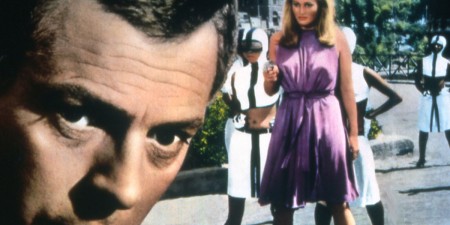2017

Michelle Carey
Artistic Director
In its 66th year, MIFF promises to take you on a journey to explore new worlds. With 68 different languages, of varying durations (from two mins to 346 mins!), styles (VR, psychedelic, experimental, documentary or historical) and even formats (across digital and 35mm), there’s plenty to choose from for the discerning film-lover.
Exploring new worlds means entering the unknown, which can be exhilarating and occasionally unsettling. The beauty of a film festival such as MIFF is encountering films you won’t encounter elsewhere – films from outside the mainstream, some that may offer radically different views to your own, or provocative images, from real life or the filmmaker’s imagination. Some of the films we screen can be uncompromising.
We hope you enjoy our new-look Program Guide. The Guide can only be but a taster and we invite you to explore the program in its full glory, with trailers, full synopses and beautiful images, at miff.com.au.
Our program of 356 films is organised into several sections – some brand new; some returning, albeit under different names. Music on Film is your place to go for the latest in big-screen films about high-octane music and musicians. Experimentations is a new program highlighing films that push against the outer limits of filmmaking. Films for families and young audiences are in MIFF Kids and special screenings for school groups can be found at MIFF Schools.
To be among the first audiences to see the biggest and most anticipated films coming directly from the world’s top film festivals, make haste to our Headliners selection. If you’re new to MIFF, this is a great place to start.
Virtual Reality returns after a successful 2016 debut, and we have documentaries focusing on True Crime and Animal Documentaries. I am also especially proud of our Australian offerings this year, including three world premieres as our gala events, and a stunning suite of brand new films supported by the MIFF Premiere Fund – celebrating its tenth anniversary this year!
Geoffrey Rush
MIFF Patron
Dear MIFF Buffs and mavens,
Who remembers Alice Guy Blaché? Non? The first woman who made a film – in 1896! Running the production company, experimenting with Sound, hand-tinting, double-exposing, and running film backwards – trippy, inventive stuff. Ten prolific years. Yet we only remember Les Frères Lumière and Méliès.
How ‘bout Lois Weber? The Merchant of Venice (1914)? Nope? The first American film by a woman – a household name alongside D W Griffith and Cecil B DeMille.
Australia, already ignited, adventurously, was pursuing that Other voice. Kate Howarde directed our first female feature, Possum Paddock (1921). Many “lost” names – Mary Mallon, Juliette De La Ruze, the McDonagh sisters and Lottie Lyell – compounded our local equation, working as producers, writers and directors, claiming an historic crown.
Nitrate filmstock was toxic, with a limited life, prone to disintegration by Heat and Time. Meaningful works decomposed – with artistry destroyed by decay. Laws of chemistry and cultural amnesia have eaten away crucial Silent voices. But a slow fuse was lit, for others decades later.
I applaud Michelle and the MIFF team re-examining our bountiful female oeuvre from the 80’s and 90’s.
As the men say, “lest we forget”.
You, the audience, are the guardians of memory. We sit in the dark. We debate afterwards in moody bars, striving to absorb the lightning in the bottle of the creative process. We blog opinions. Trashy and valid. Is the Artist a vanity to be maligned, wounded or dismissed? Does analysis even matter?
So I’m honoured that MIFF has programmed within this shebang: The Final Portrait, in which I play Giacometti – a curmudgeonly, famous, despairing Artist who subjects a guarded and mercurial Analyst to a sitting. Does the Artist indulge while the Analyst contextualises?
Or is it an irresolvable argument? And might camaraderie and pleasure still emerge?
Let’s discuss.
That’s the joy of MIFF.
Films

YOURSELF AND YOURS
YES
WTF SHORTS
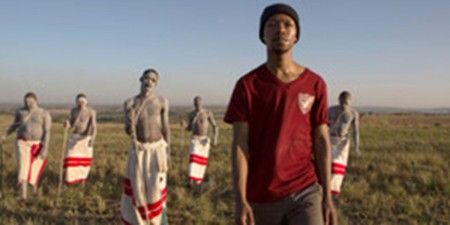
THE WOUND
The World In Your Window
THE WORK

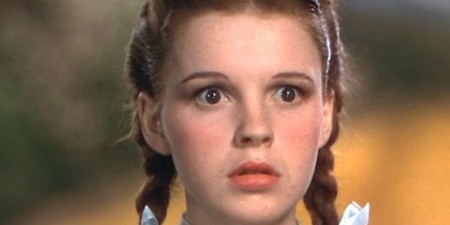
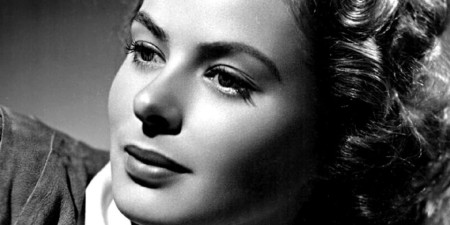
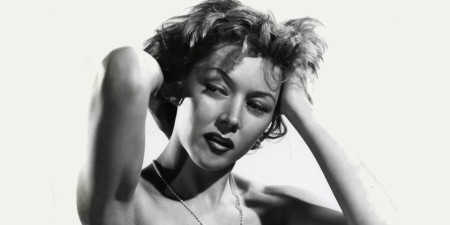
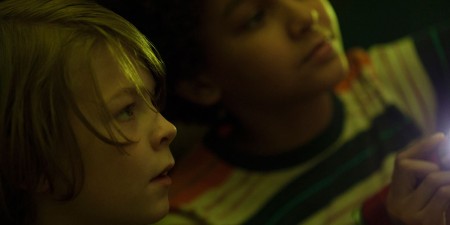
WONDERSTRUCK - CAPTIONED SCREENING

WONDERSTRUCK
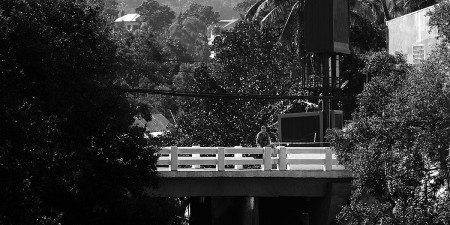
THE WOMAN WHO LEFT
WINNIE
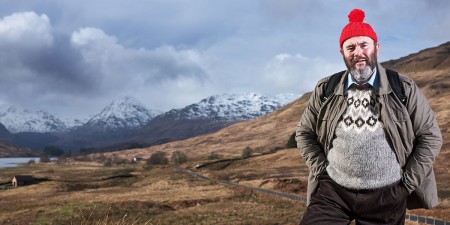
WHERE YOU'RE MEANT TO BE
What Tears Us Apart
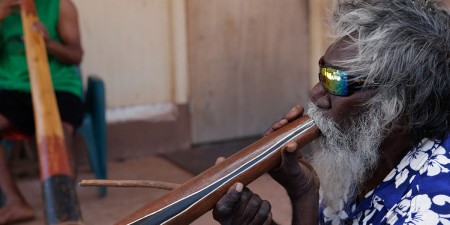
WESTWIND: DJALU'S LEGACY

WESTERN
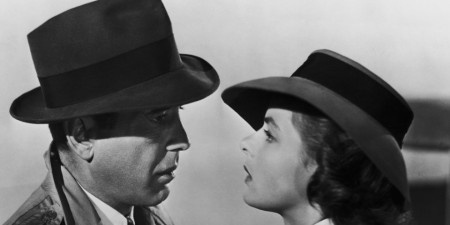

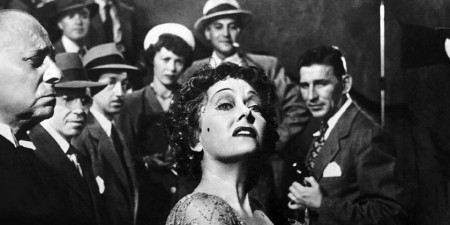
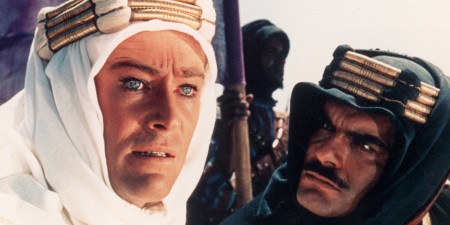
Wave
Waterfall
Waiting to Arrive
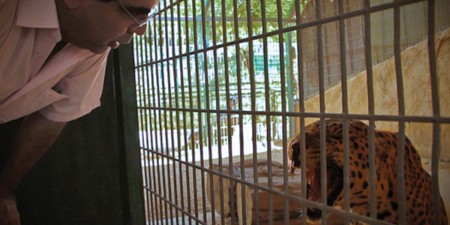
WAITING FOR GIRAFFES
VR PACKAGE 4
VR PACKAGE 3
VR PACKAGE 2
VR PACKAGE 1
VOYAGE OF TIME
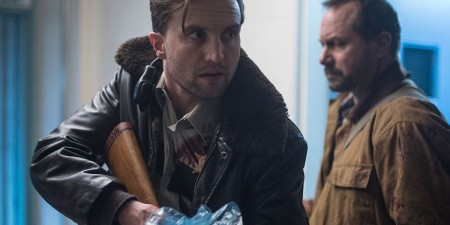
THE VOID
THE VISITOR
Vertiges
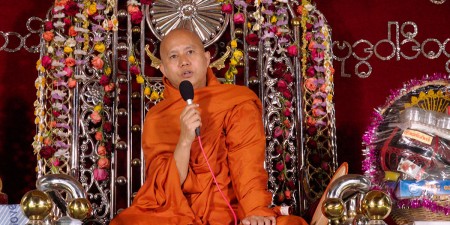
THE VENERABLE W.

UNTIL THE BIRDS RETURN
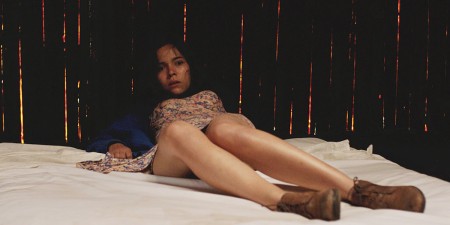
THE UNTAMED

UNREST VR

UNREST
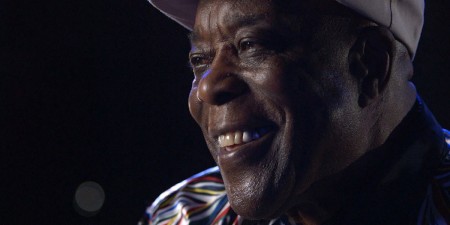
TWO TRAINS RUNNIN'
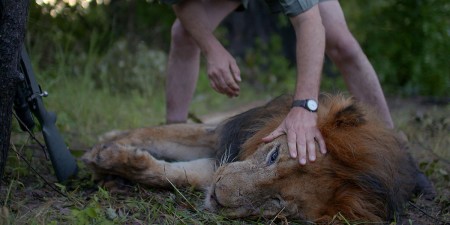
TROPHY
TRAGEDY GIRLS
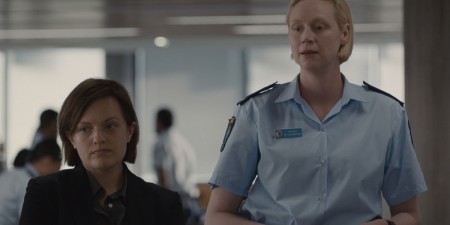
TOP OF THE LAKE: CHINA GIRL
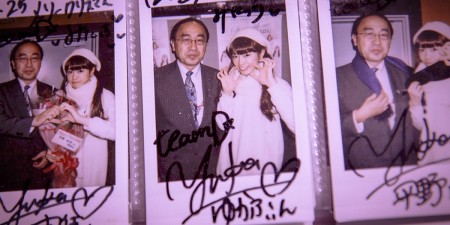
TOKYO IDOLS
TIMECRIMES
Thriller
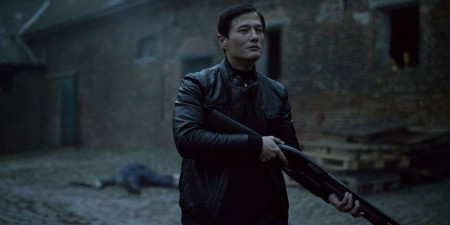
THOUSAND CUTS

THOSE WHO MAKE REVOLUTION HALFWAY ONLY DIG THEIR OWN GRAVE
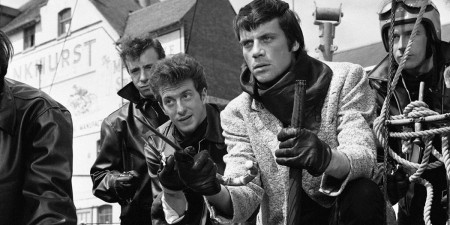
THESE ARE THE DAMNED (aka THE DAMNED)
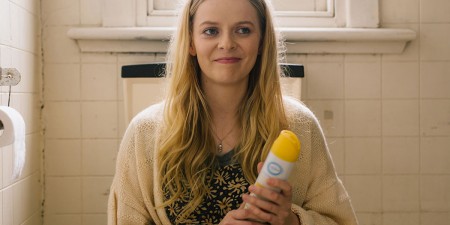
THAT'S NOT ME
TETSUO: THE IRON MAN
TENDER HOOKS
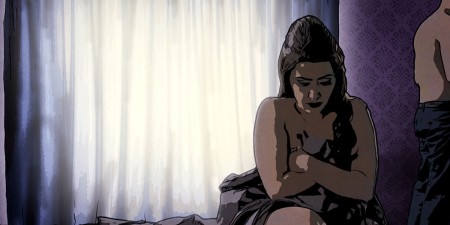
TEHRAN TABOO
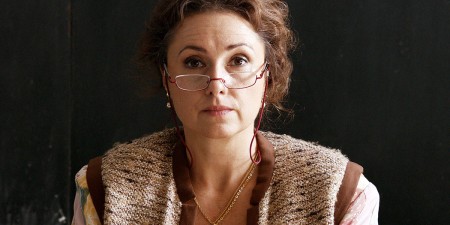
THE TEACHER
THE TANGO LESSON
SWAGGER
Summer Camp Island
STRANGE DAYS
STONEHEAD

STILL LIFE

STEP TO THE LINE
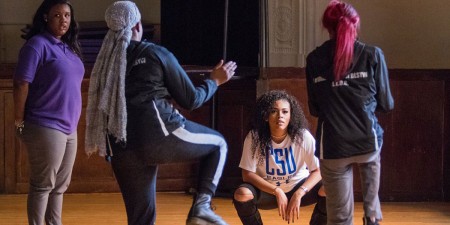
STEP

STARSTRUCK

THE SQUARE
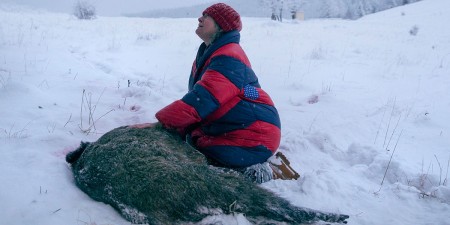
SPOOR

SPOOKERS
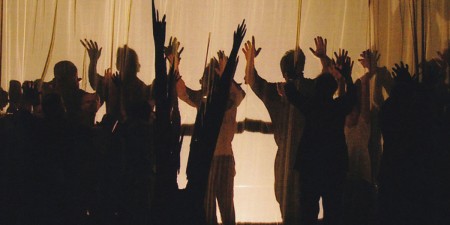
SPETTACOLO

SONG TO SONG

THE SONG KEEPERS
SOMETHING QUITE PECULIAR: THE LIFE AND TIMES OF STEVE KILBEY
Somersault Pike

Small Town

SLEEPING BEAUTY
Skullcrush

A SKIN SO SOFT
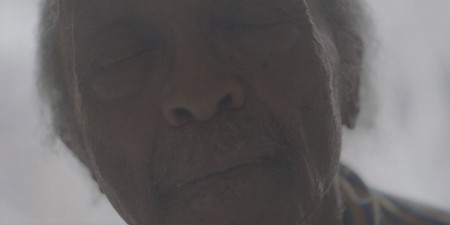
THE SILENT EYE
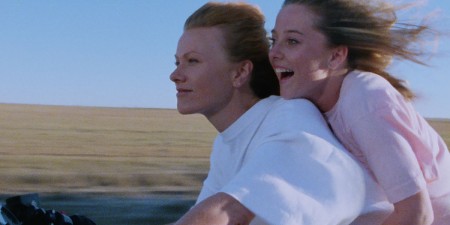
SHAME

SEXY DURGA
SERGEANT JAMES
Sengatan
Selva
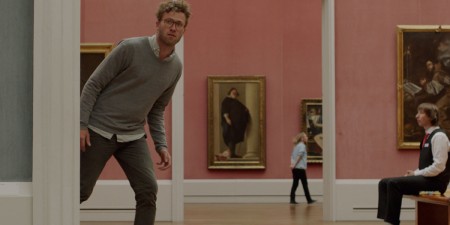
SELF-CRITICISM OF A BOURGEOIS DOG
Seas of Pearls

Sci-Fi Marathon
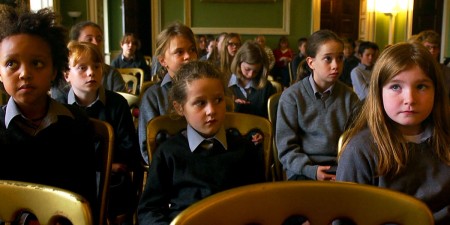
SCHOOL LIFE
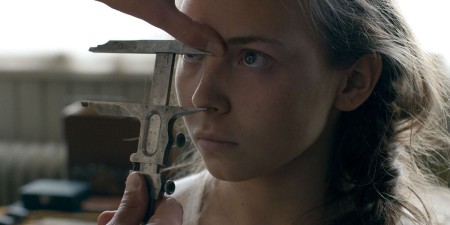
SAMI BLOOD
SALLY POTTER EARLY WORKS
SALAWAKU
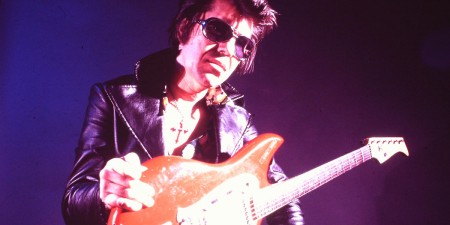
RUMBLE: THE INDIANS WHO ROCKED THE WORLD
RONE
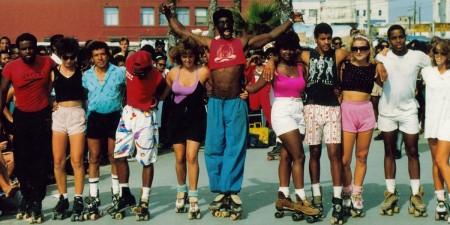
ROLLER DREAMS
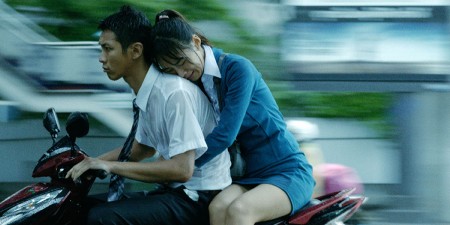
THE ROAD TO MANDALAY
A River Twice
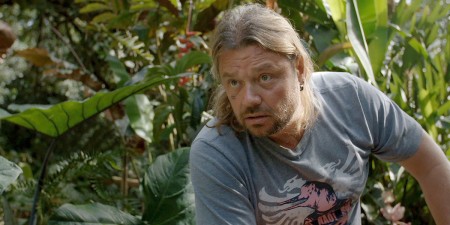
A RIVER BELOW
Ride Like Lightning, Crash Like Thunder
REY
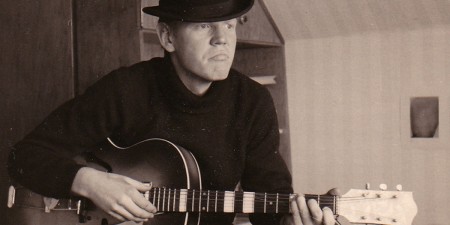
REVOLUTION OF SOUND. TANGERINE DREAM
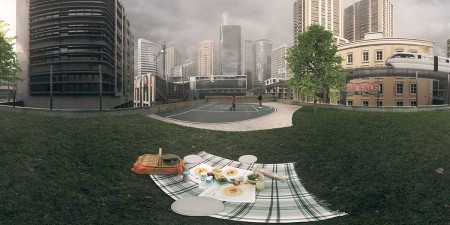
REMEMBER
RED
Recover

RAT FILM
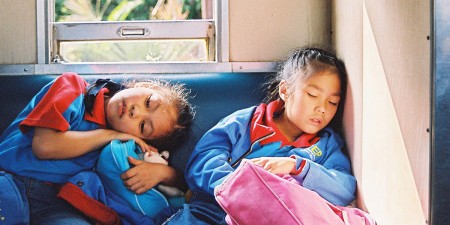
RAILWAY SLEEPERS
RAGE

RADIANCE
The Rabbit Hunt
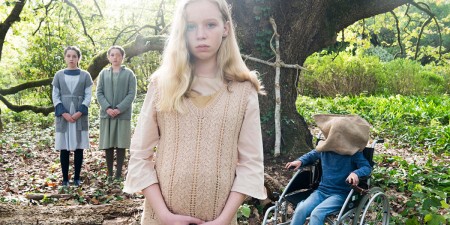
RABBIT
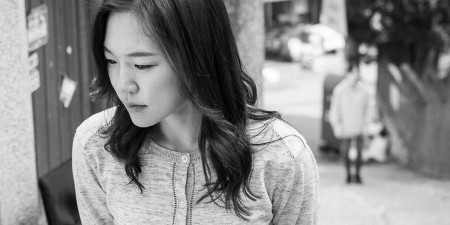
A QUIET DREAM
Pussy
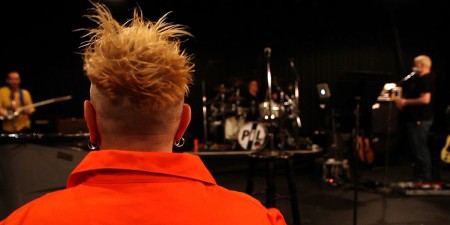
THE PUBLIC IMAGE IS ROTTEN
Pria
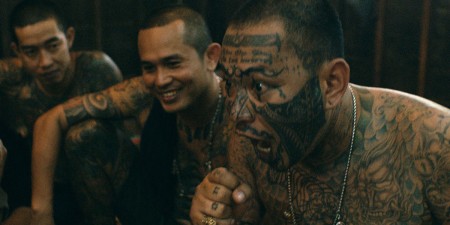
A PRAYER BEFORE DAWN
Possum
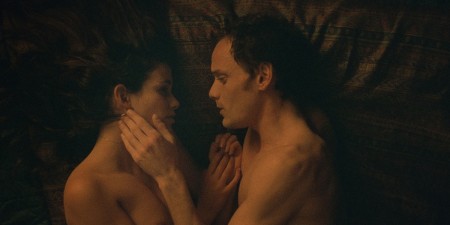
PORTO
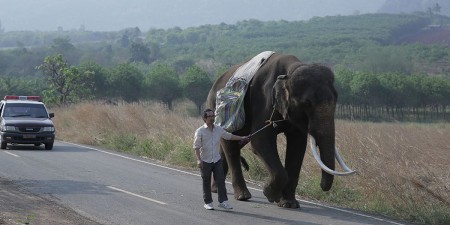
POP AYE
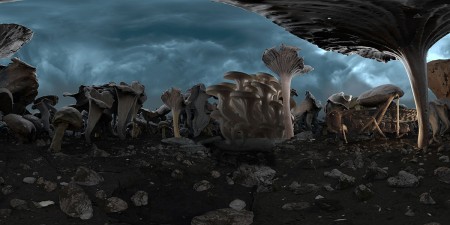
PLANET ∞
PHANTOM BOY

PERSON TO PERSON
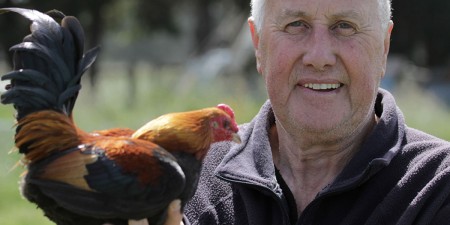
PECKING ORDER - CAPTIONED SCREENING

PECKING ORDER
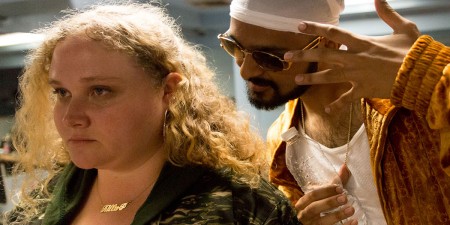
PATTI CAKE$
Passengers
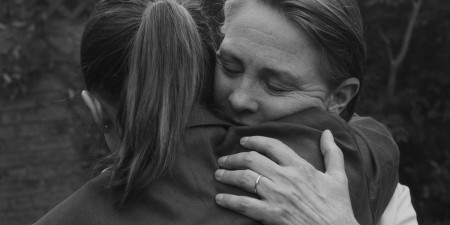
THE PARTY
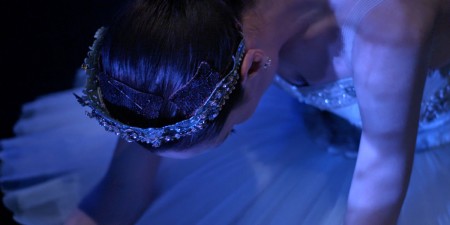
THE PARIS OPERA
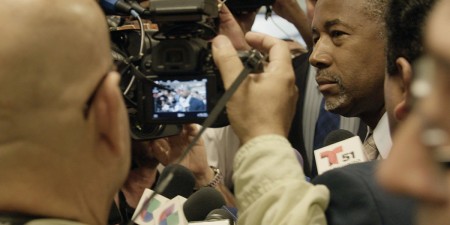
PACMen

OTHERLIFE
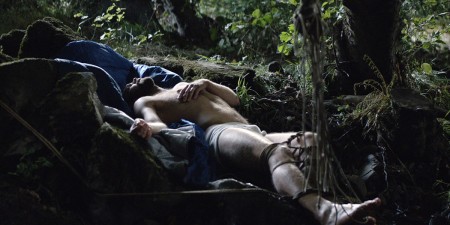
THE ORNITHOLOGIST
ORLANDO
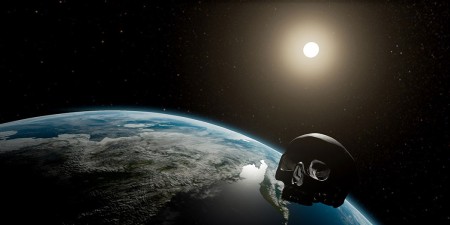
ORBITAL VANITAS
On the Origin of Fear

ON THE BEACH AT NIGHT ALONE
ONLY THE BRAVE + ON GUARD
On Generation and Corruption

ONCE UPON A TIME IN THE WESTERN SUBURBS
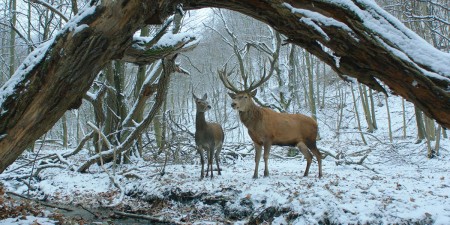
ON BODY AND SOUL
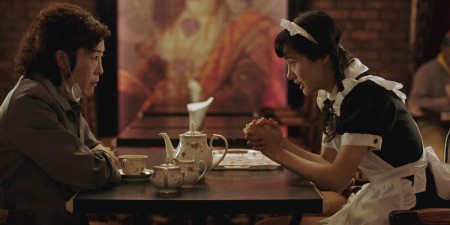
OH LUCY!
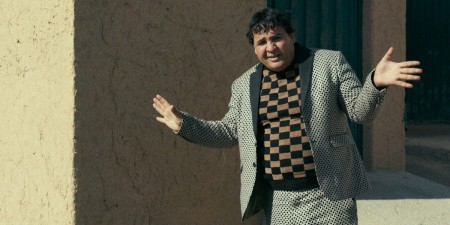
NOTHINGWOOD
NOTHING LASTS FOREVER

NOTES TO MY FATHER
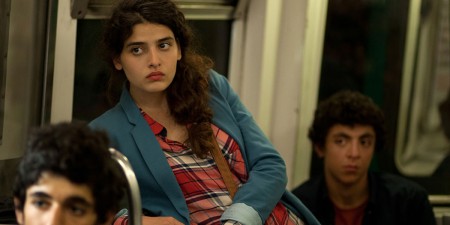
NOCTURAMA
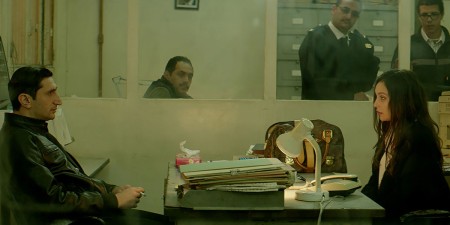
THE NILE HILTON INCIDENT
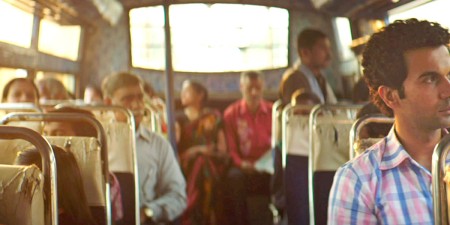
NEWTON
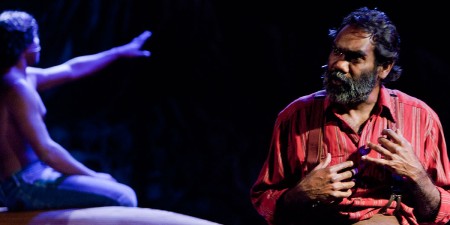
NAMATJIRA PROJECT
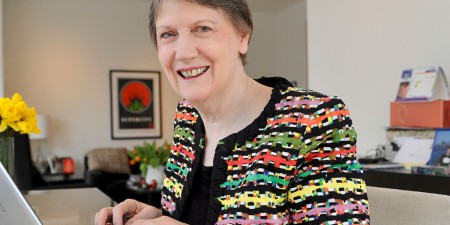
MY YEAR WITH HELEN
My Mum's Bonkers
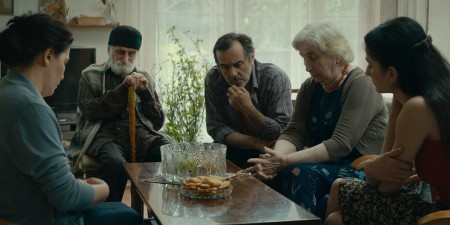
MY HAPPY FAMILY

MY FRIEND DAHMER
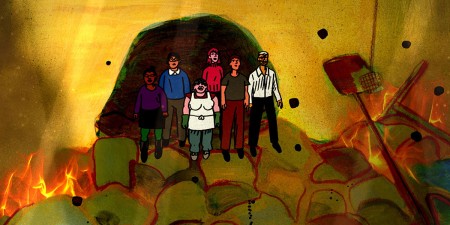
MY ENTIRE HIGH SCHOOL SINKING INTO THE SEA
Mwah
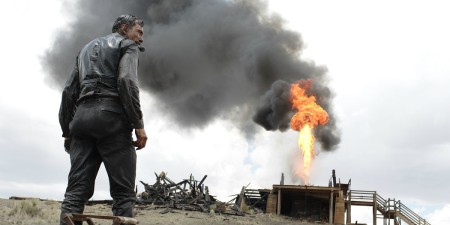
MSO and MIFF Present THERE WILL BE BLOOD
Mrs McCutcheon

MOUNTAIN

MOTHERLAND
Mother, Child
A Mother and Her Daughter

MOST BEAUTIFUL ISLAND
THE MOLE SONG - HONG KONG CAPRICCIO

MIYUBI
Miro
Minotaur
MIFF Talks - VR Masterclass
MIFF Talks - Trailer Blazers
MIFF Talks - Tech in the Cinema
MIFF Talks - Street Artists
MIFF Talks - RRR Outside Broadcast
MIFF Talks - Jungle: In Conversation
MIFF Talks - F*Up Night
MIFF Talks - Dystopia on Film

MIFF OPENING NIGHT GALA – JUNGLE
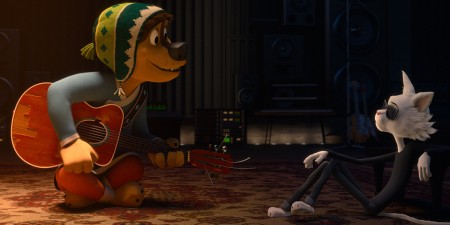
MIFF KIDS' GALA - ROCK DOG
MIFF Festival Lounge - Lister Live
MIFF Festival Lounge Launch Party
MIFF Festival Lounge - How Two Live
MIFF Festival Lounge
THE DOCUMENTARY OF DR G YUNUPINGU'S LIFE
MIFF CENTREPIECE GALA - THREE SUMMERS - ACCESS SCREENING
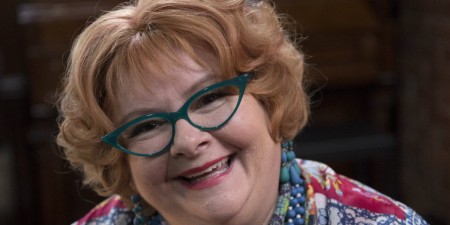
MIFF CENTREPIECE GALA - THREE SUMMERS

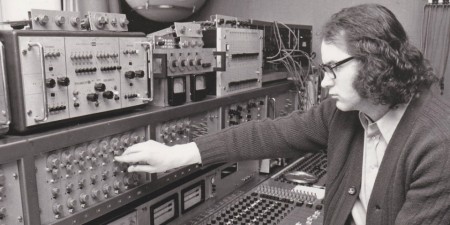
Memoria
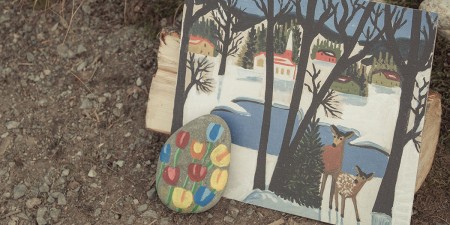
MAUDIE

MARLINA THE MURDERER IN FOUR ACTS
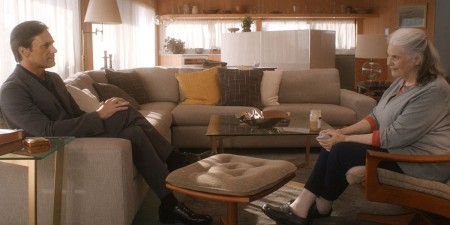
MARJORIE PRIME
THE MAN WHO CRIED

A MAN OF INTEGRITY
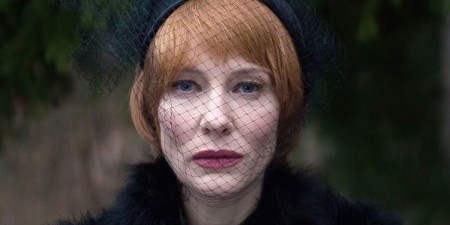
Manifesto
The Man From The 9 Dimensions

MACHINES

LUCKY
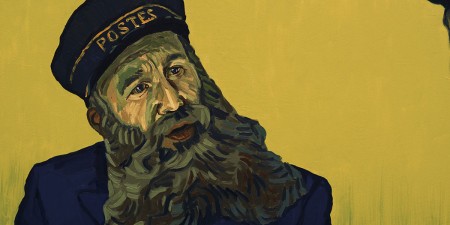
LOVING VINCENT
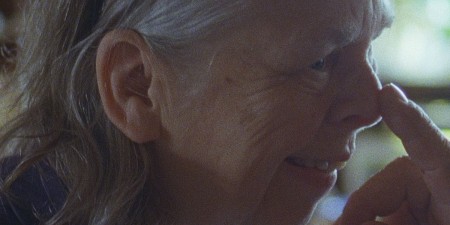
LOVING PIA
A Love Story

THE LOVERS
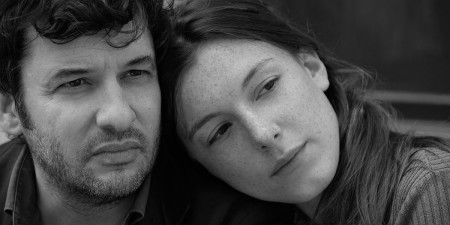
LOVER FOR A DAY

LOVELESS
The Lost Voice
Lost Property Office

THE LOST CITY OF Z
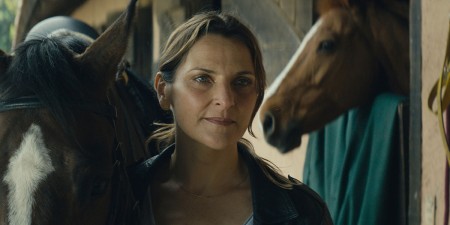
LOS PERROS
Losing It
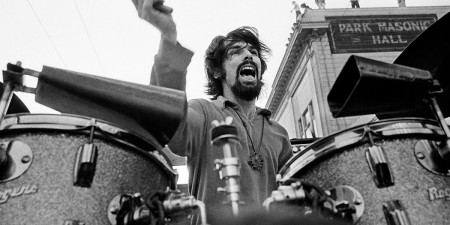
LONG STRANGE TRIP

LONGING FOR WILDERNESS
The London Story
Locker Room
THE LITTLE HOURS
Lightning Ridge: The Land of Black Opals
A Life Together
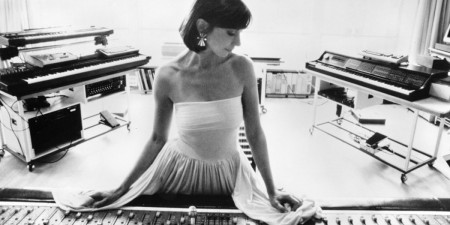
A LIFE IN WAVES
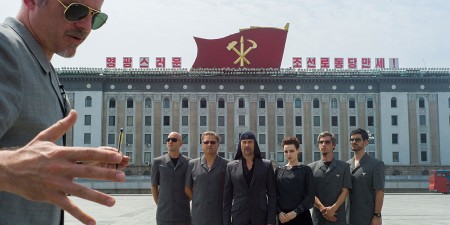
LIBERATION DAY

LET THE SUNSHINE IN
Let's See How Fast This Baby Will Go
LEMON
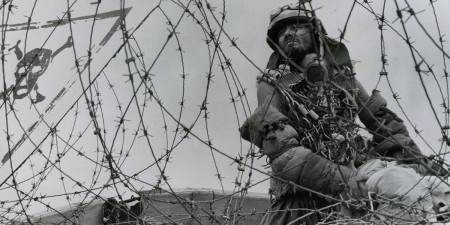
LE DERNIER COMBAT
Last Train
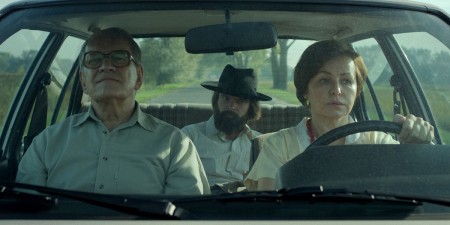
THE LAST FAMILY
Kyma - Power of Waves

KING OF PEKING

KIM DOTCOM: CAUGHT IN THE WEB
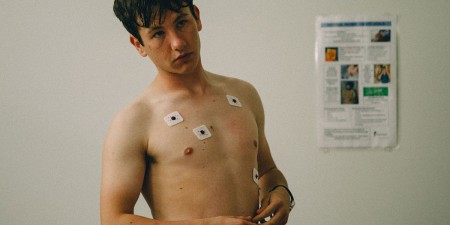
THE KILLING OF A SACRED DEER
keep that dream burning
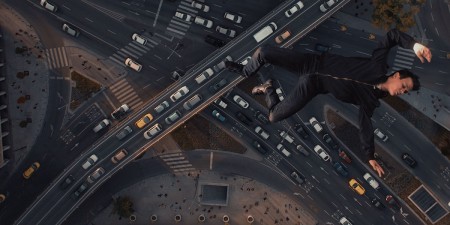
JUPITER'S MOON
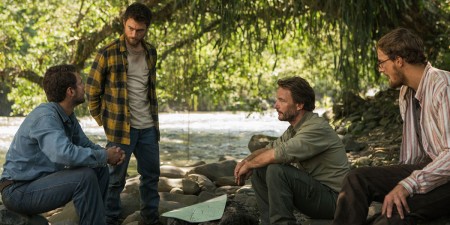
JUNGLE
Jodilerks Dela Cruz, Employee of the Month
Jerk
JEFFREY
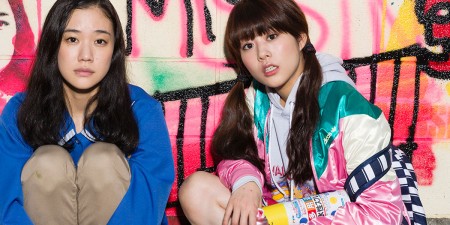
JAPANESE GIRLS NEVER DIE
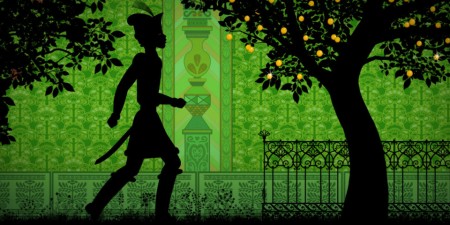
IVAN TSAREVITCH AND THE CHANGING PRINCESS
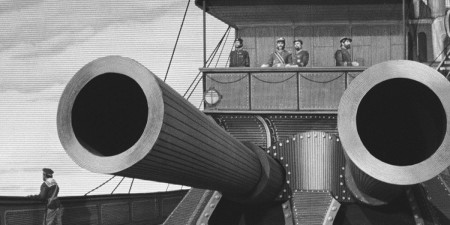
INVENTION FOR DESTRUCTION
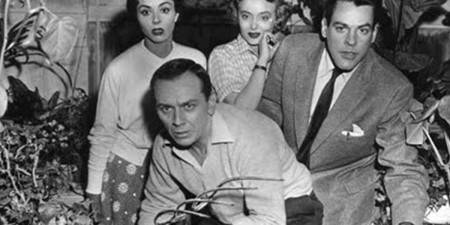
INVASION OF THE BODY SNATCHERS
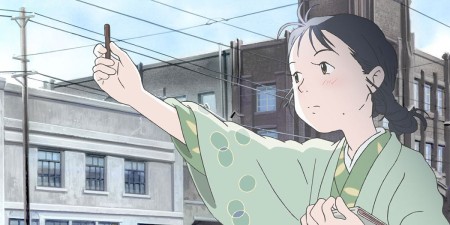
IN THIS CORNER OF THE WORLD

IN THE FADE
INTERNATIONAL SHORTS 2
INTERNATIONAL SHORTS 1

INSYRIATED
INSIDE MANUS
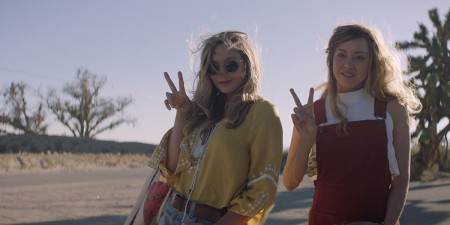
INGRID GOES WEST
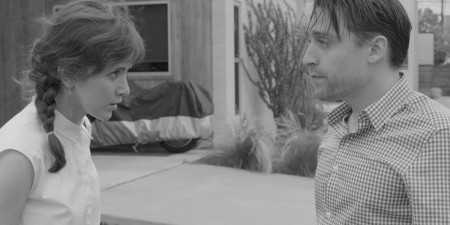
INFINITY BABY
INDONESIAN SHORTS
In a Nutshell
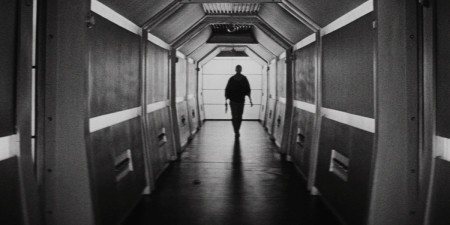
IKARIE XB-1
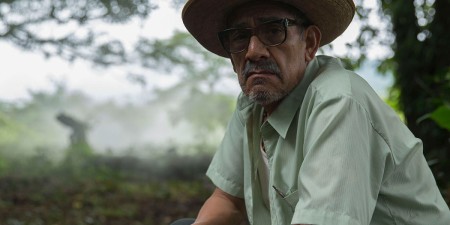
I DREAM IN ANOTHER LANGUAGE

THE IDEA OF A LAKE
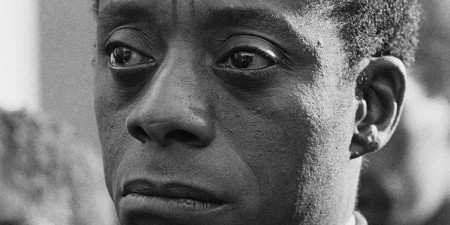
I AM NOT YOUR NEGRO
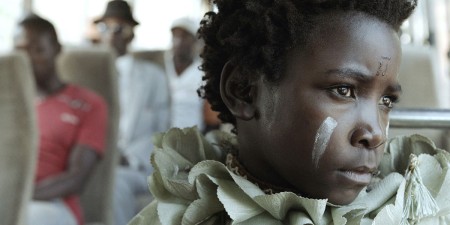
I AM NOT A WITCH
THE HUNT FOR THE YIDAKI

HUMAN TRACES

THE HOUSE OF Z
Hot Winter: a film by Dick Pierre
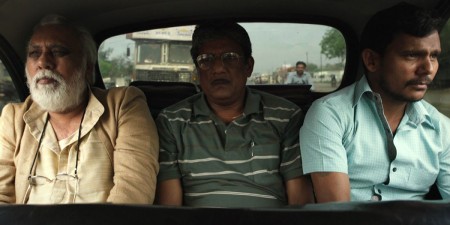
HOTEL SALVATION
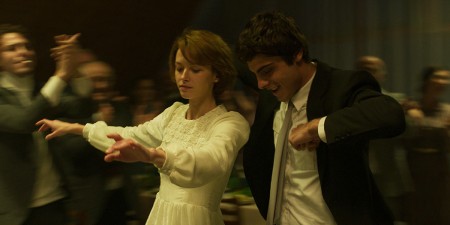
HOSTAGES
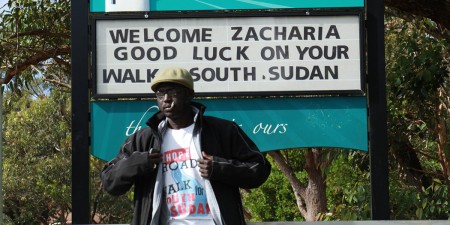
HOPE ROAD
Hold Me (Ca Caw Ca Caw)

HIGH TIDE
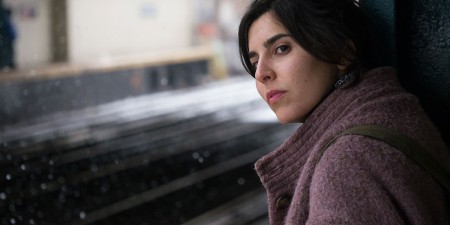
HERMIA & HELENA
HELLO, GOODBYE
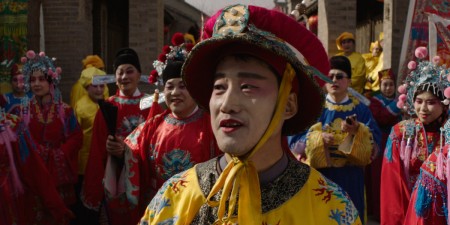
The Hedonists
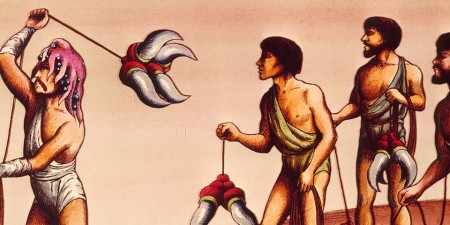
HEAR MY EYES: FANTASTIC PLANET
HEAL THE LIVING
Have you tried, maybe, not worrying?
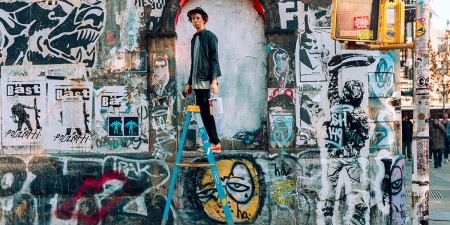
HAVE YOU SEEN THE LISTERS?
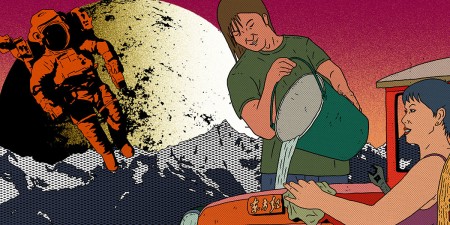
HAVE A NICE DAY
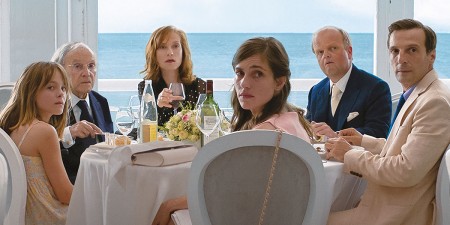
HAPPY END

GUARDIANS OF THE STRAIT

A GRAY STATE
Grandpa Walrus
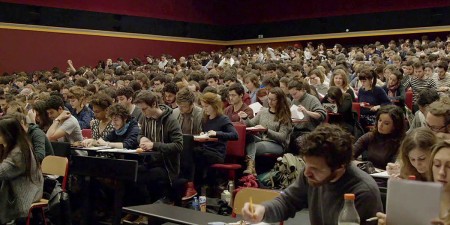
THE GRADUATION
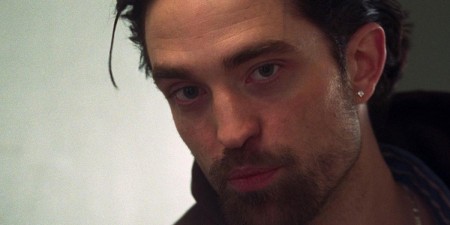
GOOD TIME

GOLDEN EXITS
THE GOLD DIGGERS
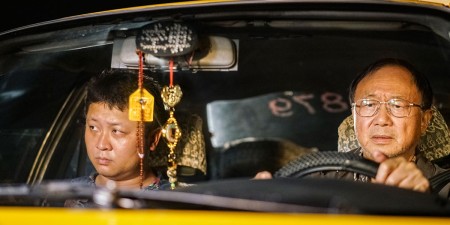
GODSPEED
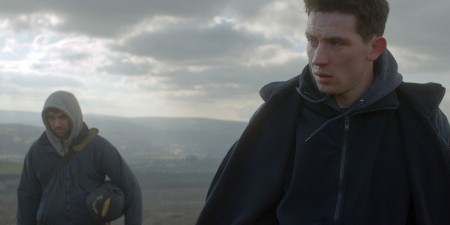
GOD'S OWN COUNTRY

THE GO-BETWEENS: RIGHT HERE
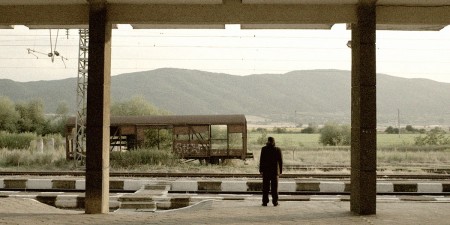
GLORY
GLITCH Season 2 ep 1 & 2
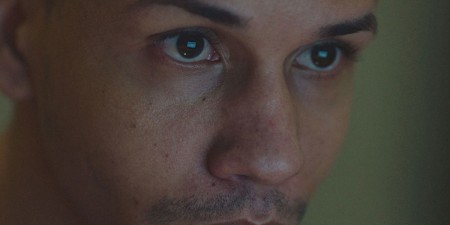
GIVE ME FUTURE: MAJOR LAZER IN CUBA
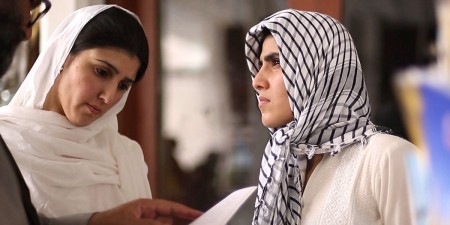
GIRL UNBOUND
GIRLS' TRIP
Girls and Honey
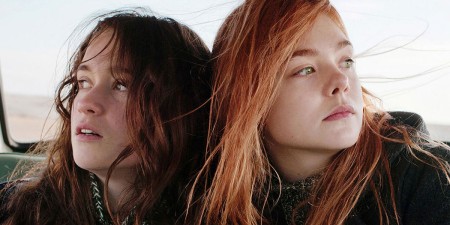
GINGER & ROSA

THE GIANT
GHOST IN THE MOUNTAINS
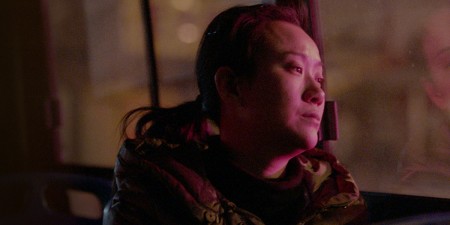
A Gentle Night
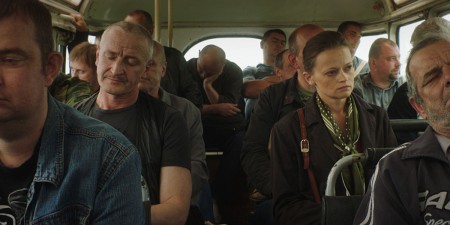
A GENTLE CREATURE
GEMINI
Fysh

FUN MOM DINNER
FUN FAIR JALALABAD
The Full Story
FULLDOME SHOWCASE 2
FULLDOME SHOWCASE 1
Fry Day
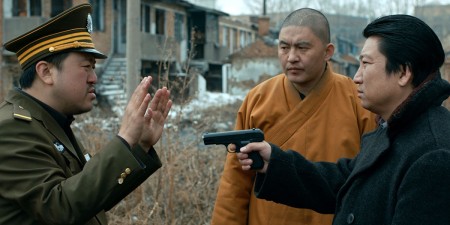
FREE AND EASY
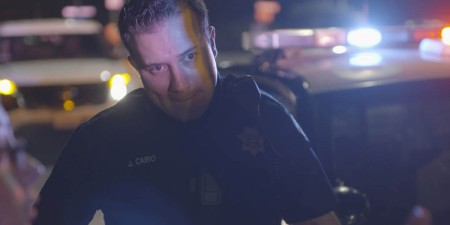
THE FORCE
FLY AWAY HOME

FLOATING LIFE
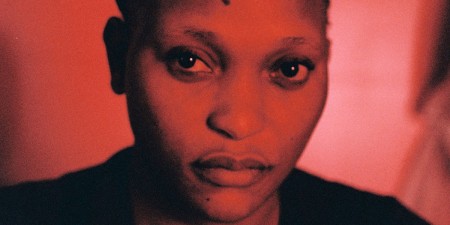
FÉLICITÉ
Find Fix Finish
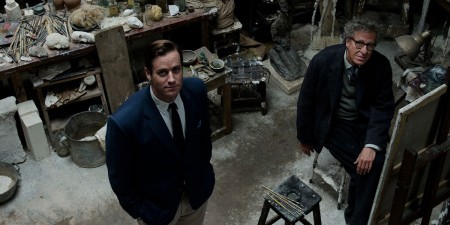
FINAL PORTRAIT

A FANTASTIC WOMAN
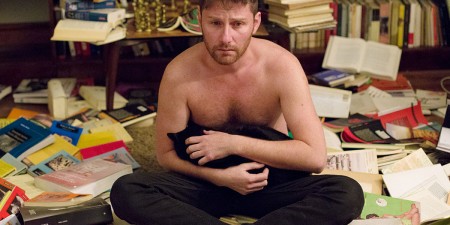
FAMILY LIFE

THE FAMILY I HAD
Family Happiness
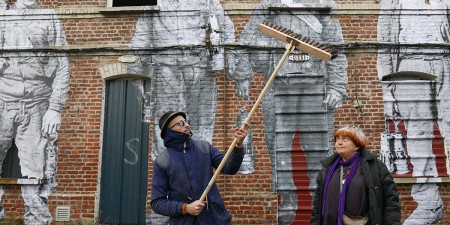
FACES PLACES
THE FACE OF ANOTHER
THE EXTRACTION
EXPERIMENTAL SHORTS
eXistenZ
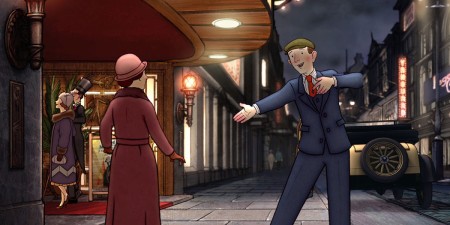
ETHEL & ERNEST - CAPTIONED SCREENING

ETHEL & ERNEST
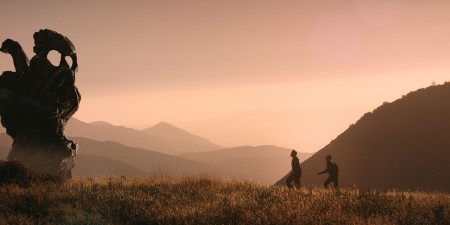
THE ENDLESS - CAPTIONED SCREENING

THE ENDLESS
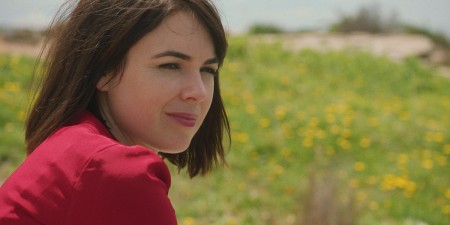
ELLIPSIS
A Drowning Man
Drop by Drop

DRIES
Dreaming of Baltimore
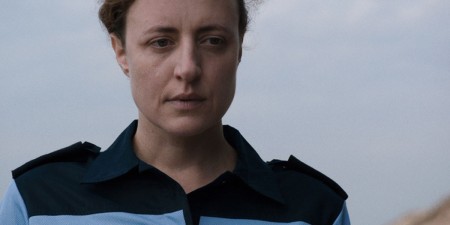
THE DREAMED PATH
Do No Harm
DOCUMENTARY SHORTS

DINA

DeKalb Elementary
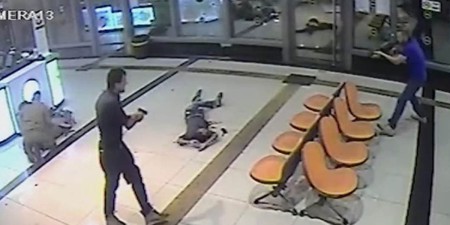
DEATH IN THE TERMINAL
THE DEATH AND LIFE OF MARSHA P JOHNSON
DEAD-END DRIVE IN
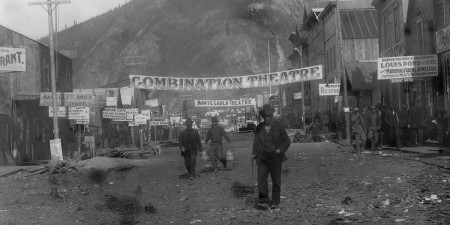
DAWSON CITY: FROZEN TIME
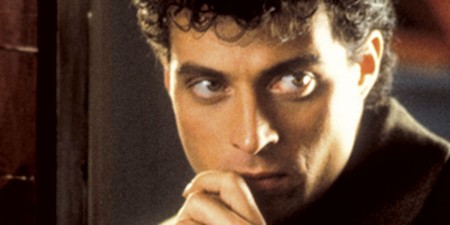
DARK CITY:DIRECTOR'S CUT

DAPHNE
Crossing
Continuum
Connection

COLO
Cold Storage
Coat of Arms
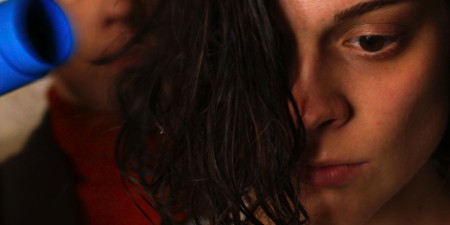
CLOSENESS
Clockwork Ocean
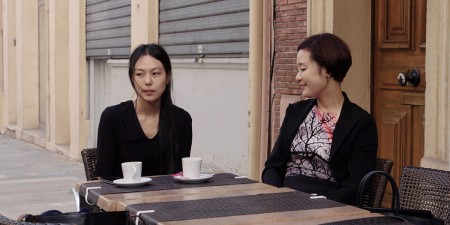
CLAIRE'S CAMERA
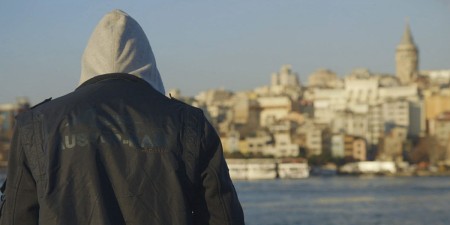
CITY OF GHOSTS
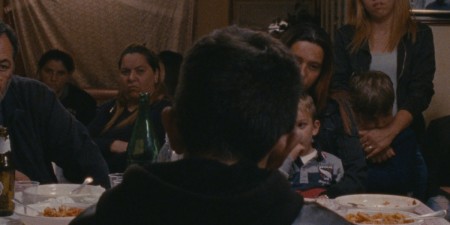
A CIAMBRA
Chinese Obama
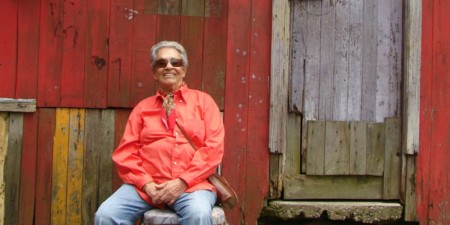
CHAVELA

CHASING TRANE

CHASING CORAL: The VR Experience

THE CHALLENGE
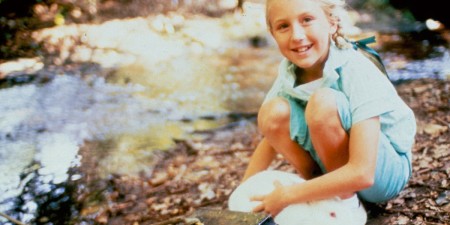
CELIA
Catherine

CALL ME BY YOUR NAME

BY THE TIME IT GETS DARK
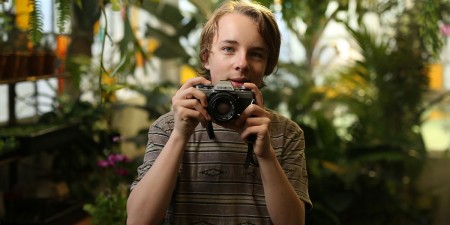
THE BUTTERFLY TREE
Burning mountains that spew flame
The Burden
Buoy
BUENA VISTA SOCIAL CLUB: ADIOS
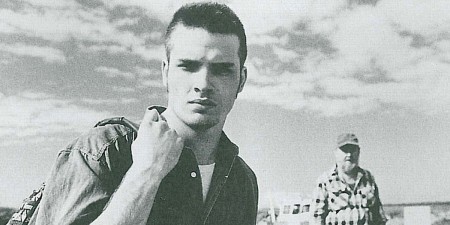
BROKEN HIGHWAY

BRIGSBY BEAR
BPM
BOY ON THE BRIDGE
The Boy from H2
A BOY AND HIS DOG
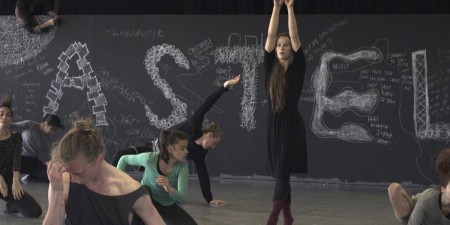
BOBBI JENE
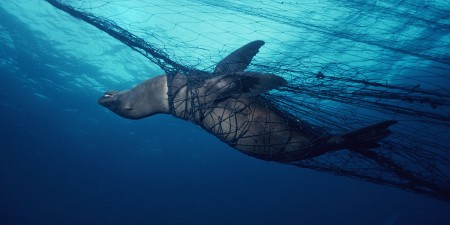
BLUE
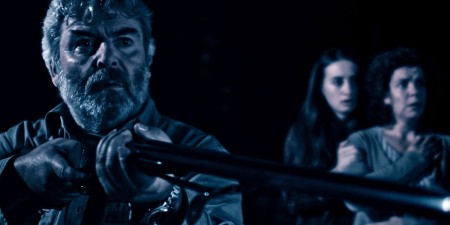
BLOODLANDS
BLESSED
BLASKO
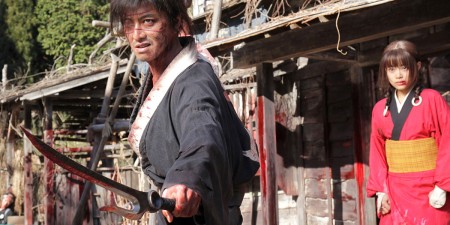
BLADE OF THE IMMORTAL
A Birthday Party
Birdlime
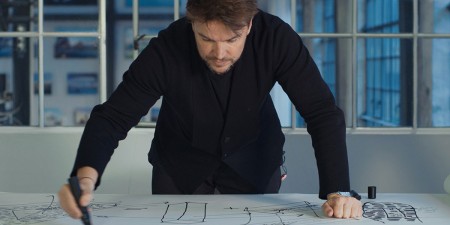
BIG TIME
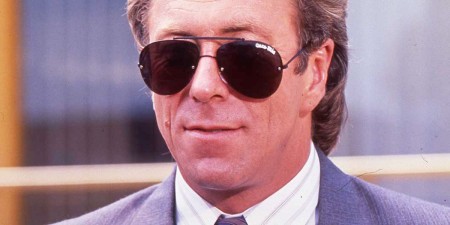
THE BIG STEAL

BIG BIG WORLD
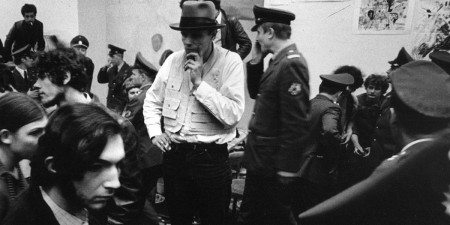
BEUYS: ART AS A WEAPON
BEST MIFF SHORTS
THE BELKO EXPERIMENT
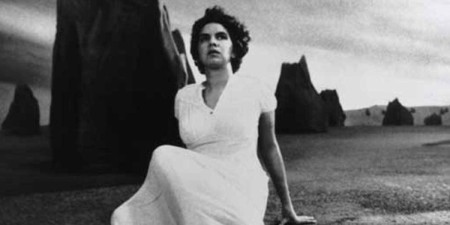
BEDEVIL

BEAUTY AND THE DOGS
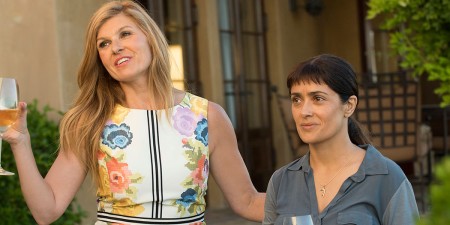
BEATRIZ AT DINNER
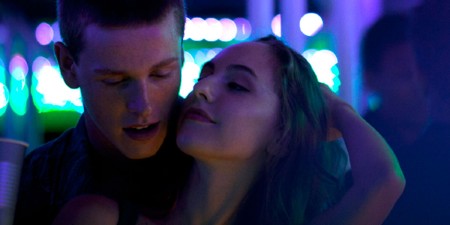
BEACH RATS
BASTARDY
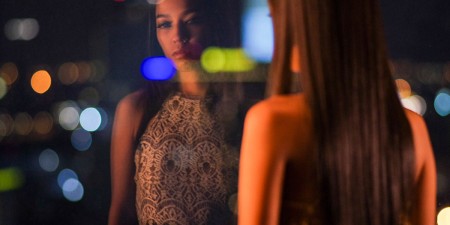
BANGKOK NITES
BALIBO
Bad mama, who cares
The Bad Guy

AXOLOTL OVERKILL
AUSTRALIAN SHORTS

AUSTRALIA DAY
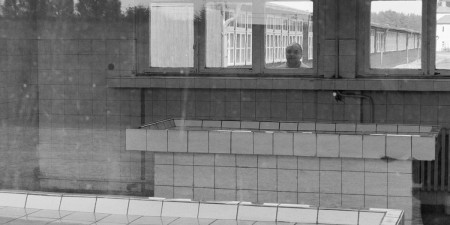
AUSTERLITZ
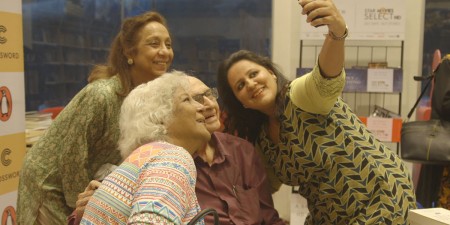
ASK THE SEXPERT
Ascribed Achievements

APRIL'S DAUGHTER
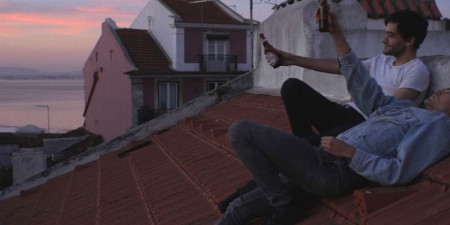
ANTONIO 1, 2, 3
ANIMATION SHORTS
AniMal
And the Whole Sky Fit in the Dead Cow's Eye
ANCIEN AND THE MAGIC TABLET
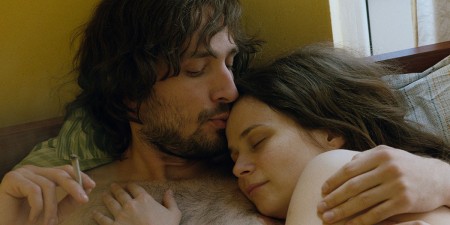
ANA, MON AMOUR

THE ALLINS

ALL FOR ONE
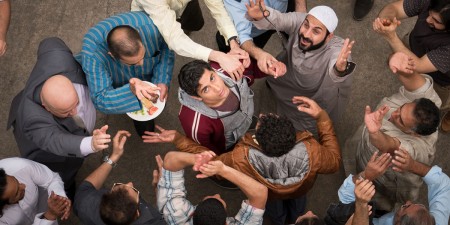
ALI'S WEDDING - CAPTIONED AND AUDIO DESCRIBED SCREENING

ALI'S WEDDING
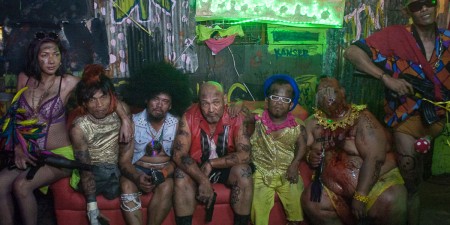
ALIPATO - THE VERY BRIEF LIFE OF AN EMBER
ALADDIN
After the Smoke
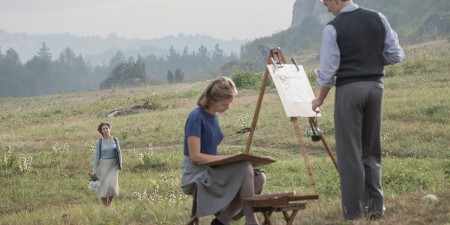
AFTERIMAGE
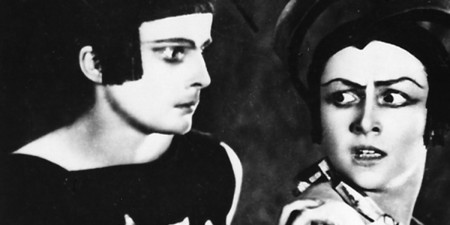
AELITA, QUEEN OF MARS
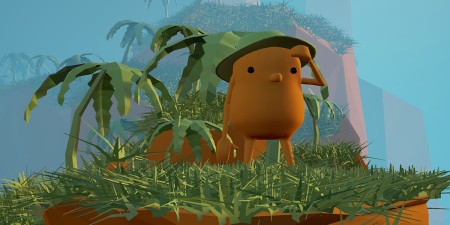
ACROSS

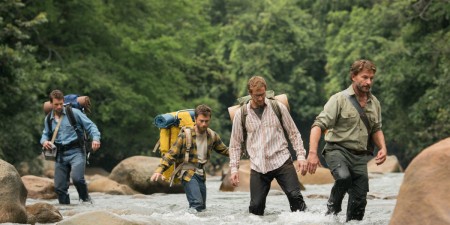
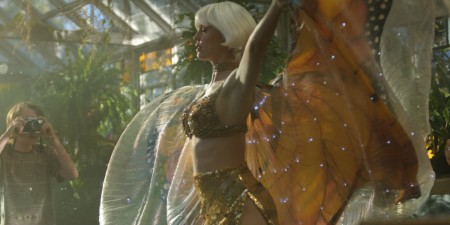

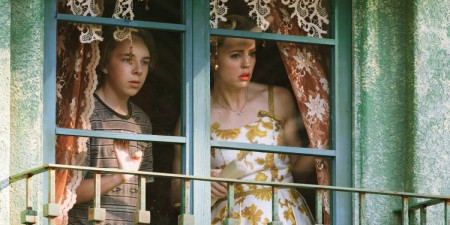
ACCELERATOR 2
ACCELERATOR 1
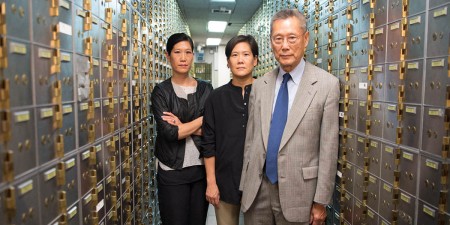
ABACUS: SMALL ENOUGH TO JAIL
78/52
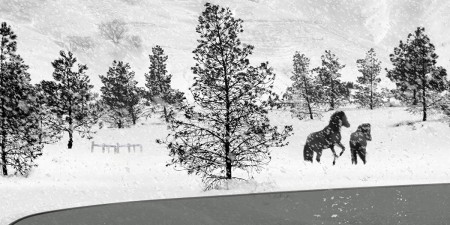
24 FRAMES
